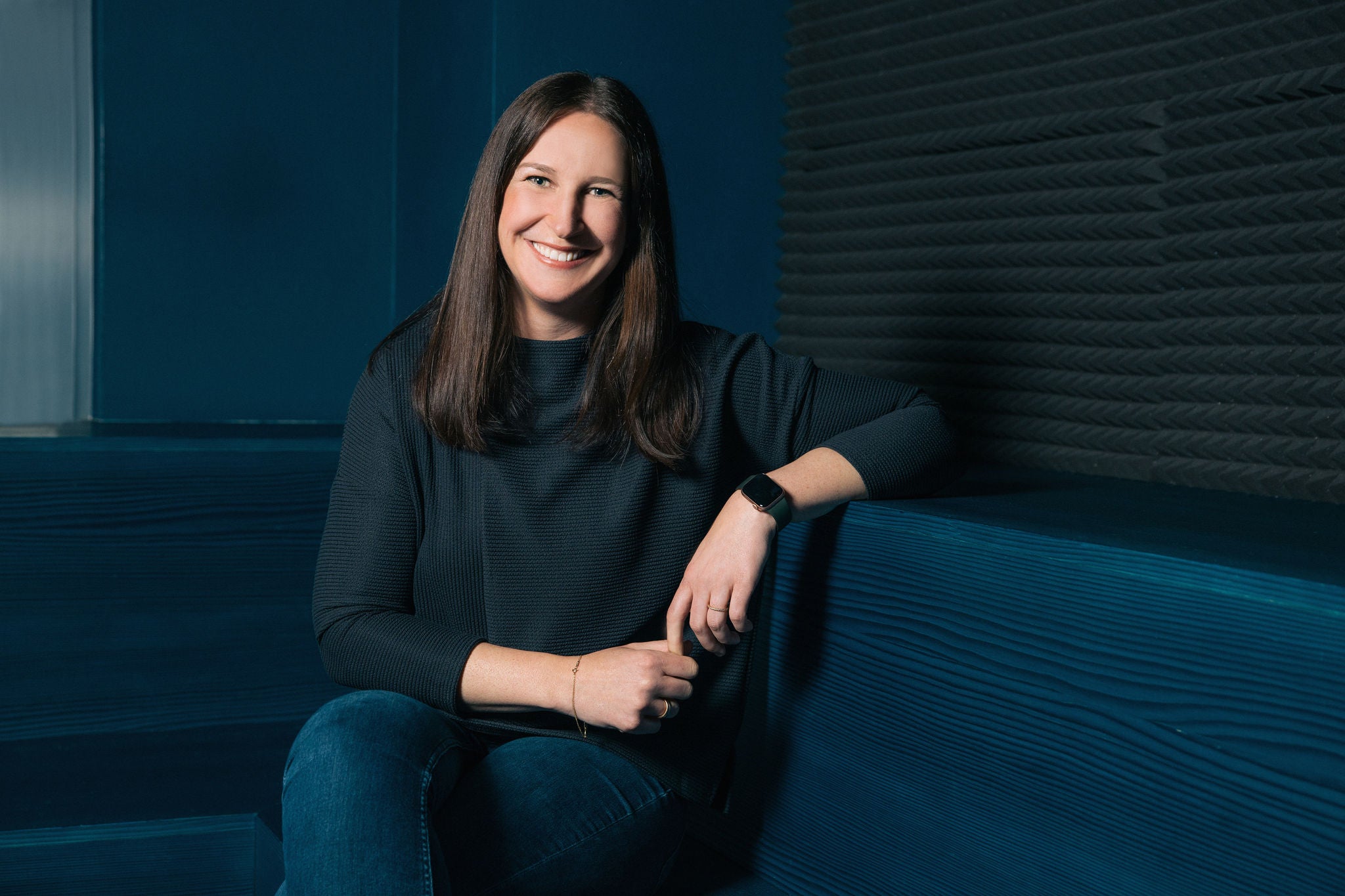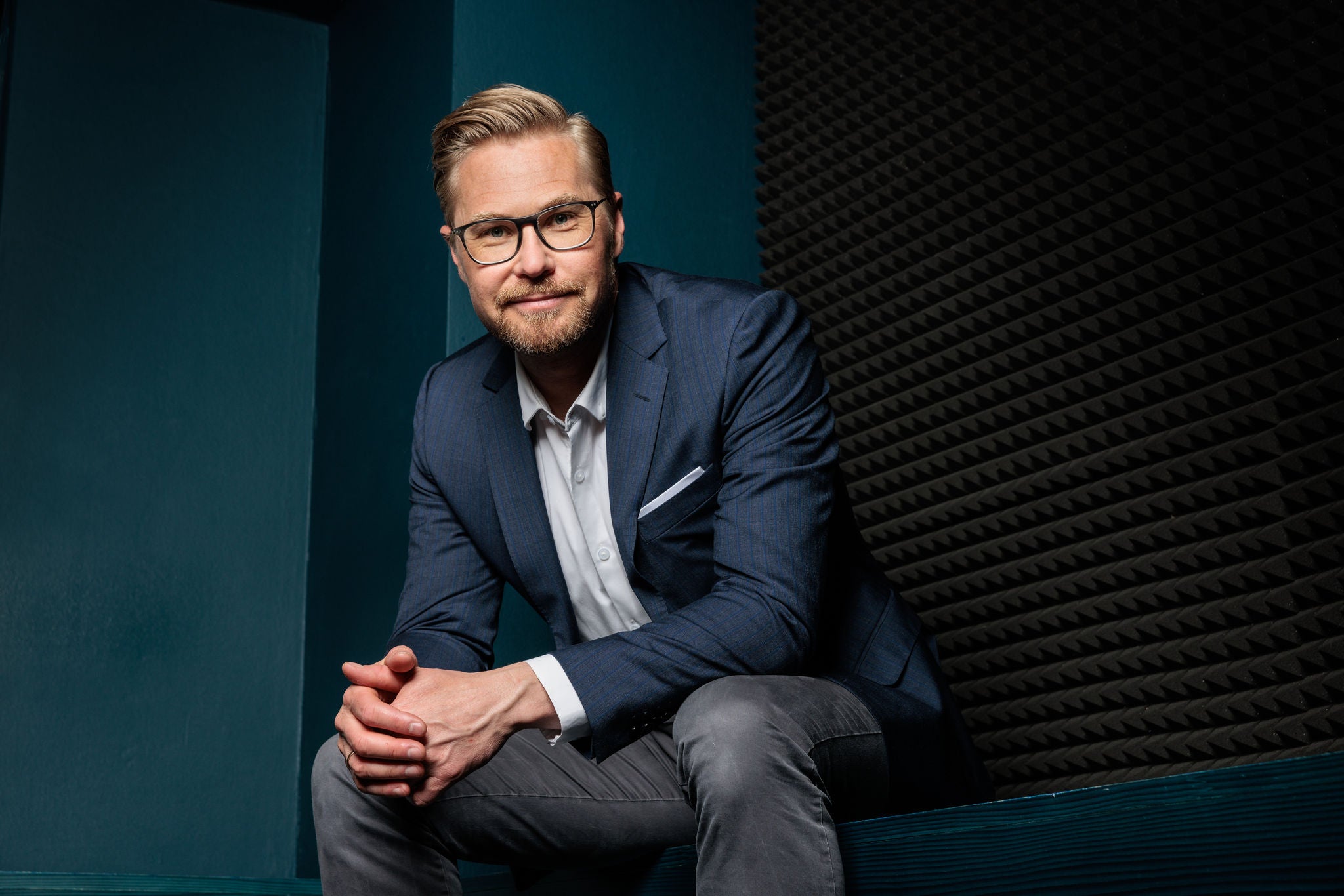Not every great idea is met with applause. Often, the best ones begin with hesitation: too risky, too raw, too unfamiliar. But that’s where creative bravery lives. It’s not about being loud or rebellious. It’s about doing the right thing, the bold thing, in a space where that hasn’t been done before.
Real creative impact tends to come from tension: between innovation and culture, honesty and brand safety, art and commerce. It’s what happens when someone pushes an idea through the “no,” when the conditions don’t seem ideal, but the conviction is there anyway.
This isn’t about provocation for provocation’s sake. It’s about relevance. And it’s often in those tight corners: budget constraints, legacy systems, or cultural sensitivities, where the most memorable ideas take shape.
Here are three campaigns that didn’t just navigate resistance. They turned it into fuel.
“Consider every challenge an opportunity,” a wise man once said. In creativity, that sometimes means finding bravery not in embellishment but in daring to strip away. It’s the courage to be minimal, blunt, and clear in making a commitment.
PENNY Price Packs exemplifies this spirit. It rejects beautification for its own sake and instead embraces aesthetics as a tool for radical transparency. Yet such creative bravery is only possible when mirrored by brand bravery. This is not a campaign that can be switched off—it is a confident promise, free from safety nets. Together, brand and design forged a radical statement: price stability, made durable and visible through aesthetics that speak with uncompromising clarity.
Sara Eid, Regional Creative Director at Serviceplan Arabia

For me, Neural Murals was one of those ideas that felt too bold until it landed. It invited audiences to witness the sparks of creative thought turned into art.
EEG technology captured the brain activity of renowned advocates and transformed it into living digital murals in real time. Museums are often seen as retrograde, places bound to galleries and the past. What I found brave here was its refusal to stay in that frame, instead opening a window into the minds of its advocates and redefining cultural districts as spaces that build curiosity and make art more reachable for new audiences.
Geetika Sood, Senior Producer at Serviceplan Middle East

In the automotive marketing world, very few ideas dare to be brave. For me, BMW iJack takes its place in the league of greats because it went beyond conventions. It didn’t shout, and it did not overexplain; instead, it quietly showed up in the one place that EV-curious drivers were already searching in – Google Maps. No call to action. No sales pitch. Just sheer presence.
The work is brave and clever because BMW played to a deep, human belief: “If I see it everywhere, it must be popular.” In a new and niche category like EVs, where habits haven’t yet formed, being seen is half the battle won. They have successfully made a UAE-specific behavior—the EV charge search, a thing for the rest of the world to follow.
Sajju Ambat, Director of Creative Strategy and Insights at Serviceplan Middle East

Creative bravery isn’t always dramatic. It’s often quiet, measured, and specific to the space it challenges. What matters is timing, context, and intent.
These campaigns didn’t follow the rulebook. They rewrote it by staying grounded in relevance, and by pushing for ideas that didn’t just survive resistance but made meaning from it.
Interested in more content?
Back to Issue #20









